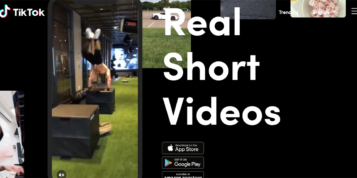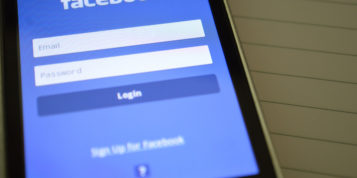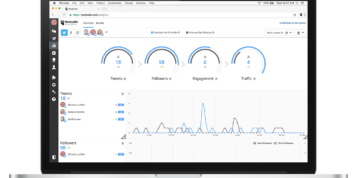In 2009, Facebook introduced the now-famous Like button. Last week, seven years later, users logged in to find a revamped experience – Reactions! Let’s take a look at how they work, why they were introduced, and what they mean for businesses and advertisers.
First things first. What are Reactions?
Reactions is an extension of the Like button. Now, users can engage with posts using their choice of six different buttons: Like, Love, Haha, Wow, Sad, or Angry. The buttons appear as colorful and animated emojis.
Okay, so how do Reactions work?
On desktop, hover your mouse over the Like button. On mobile, hold down the Like button. In each case, a tray of all six options will appear and you can click to make your selection. Right now you can only add a single reaction to each post – no mixing and matching.
How did Facebook roll out Reactions?
Slowly and following a lot of research! The public’s first glimpse into this year-long project came in October, when Facebook began testing in markets like Spain and Ireland. The biggest change since then? Facebook eliminated the Yay button, because it served a similar purpose as the Like and Love buttons, and because its meaning was confusing in some markets. Wired has a great piece on how Reactions evolved over time, if you’re curious.
Why did Facebook introduce Reactions?
Ever since the original Like button was introduced, users have provided lots of feedback – including frequent requests for a Dislike button! There are times when a Like just doesn’t feel right – for example when reacting to a sad or upsetting post. Mark Zuckerberg summed up the feedback, saying, “What [users] really want is the ability to express empathy. Not every moment is a good moment.”
No, really. What’s their reasoning?
Really! To give more users the flexibility to engage with posts in a specific and empathetic way. But, since you asked, let’s speculate on additional reasons and their implications:
- To collect more data. By expanding from one button to six, Facebook has exponentially increased the amount of data they’re able to collect. Even better, that data is self-categorized and universal in meaning. This helps explain why Facebook provided six buttons, instead of an entire suite of emojis to choose from; the limit ensures the data can be more easily analyzed and put into action.
- To keep users coming back. Using the data, Facebook will be able to adjust its algorithm to provide an even more personalized and relevant experience for each individual user. This fulfills a core part of Facebook’s mission to keep users engaged and coming back to the platform on a regular basis.
- To introduce new advertising possibilities. In addition to organic results, Facebook can also apply the new volume of data to improve or increase the sophistication of its advertising products.
How will the News Feed be impacted?
Facebook’s algorithm factors in a variety of signals, including Likes and engagements, when deciding what to show in the News Feed. Right now, it doesn’t matter which button users click – it will be counted in the same way. Over time, however, Facebook says they “hope to learn how the different Reactions should be weighted differently by News Feed to do a better job of showing everyone the stories they most want to see.”
What does this mean for advertisers?
Right now, it’s business as usual for advertisers, and all Reactions have the same impact on ad delivery. For example, a Love is counted the same way as a Like. If you’re curious which Reactions people are using to engage with your content, visit your Insights page. This information can help you tailor future content.
What’s next for Reactions (and why is it so very awesome)?
In the future, Reactions will likely play an increasingly important role. Let’s consider a few exciting possibilities:
- Distinguish brand fans from casual users. Reactions can help brands understand which users Like versus Love their content, an important distinction with big implications on lifetime value and influencer behavior. In particular, advertisers could potentially create lookalike audiences based on brand fans to expand reach among high-value segments.
- Deliver better content. Analyzing user Reactions will help advertisers gain a more nuanced understanding of their communities and the types of content they enjoy. This information can be applied to editorial calendars and future advertising campaigns, for better performance and increased levels of engagement.
- Automate based on sentiment. It can be tough for advertisers to quickly identify top-performing content and filter through the sea of comments. Marin addresses this challenge with Message Booster, an innovative feature that automatically boosts content based on pre-defined metrics. Imagine the extra layer of perception and control that would come from automating based on specific Reactions.





